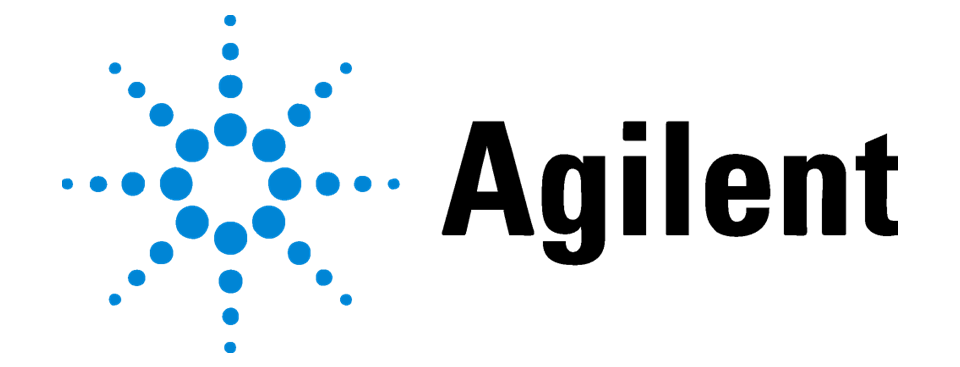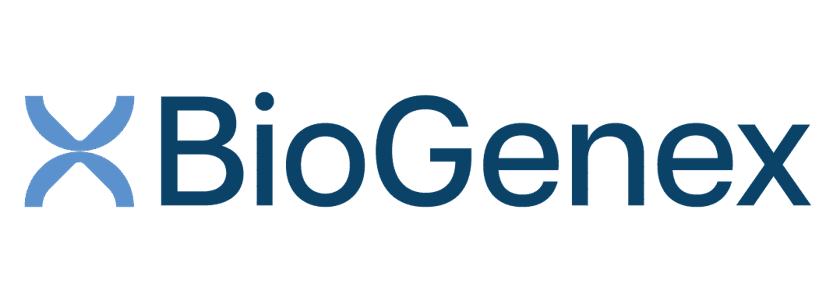

Published Date : 2025-Jun-17
The global in situ hybridization (ISH) market is gaining momentum in 2025, driven by the demand for more precise molecular diagnostics, advancements in personalized medicine, and expanded applications in cancer research and infectious disease detection.
The market is projected to reach is projected to reach US$ 2.64 Billion by 2028, growing at a CAGR of 9%.
In this blog, we explore the top leading companies at the forefront of ISH innovation, their profiles, and what trends are shaping this transformative market.

The in situ hybridization (ISH) market is experiencing accelerated growth as precision diagnostics and molecular pathology continue to advance. ISH, a powerful technique used to detect specific nucleic acid sequences directly in tissue samples, is becoming indispensable in oncology, infectious disease detection, and neurological research. This blog provides a comprehensive overview of the global ISH market, including trends, segmentation, top players, regional performance, innovations, and more.
In situ hybridization (ISH) is a molecular technique that allows scientists to detect specific DNA or RNA sequences directly in tissue samples or cells. It is widely used in pathology, genetic diagnostics, neuroscience, and oncology.
Global Market Value (2021): Approx. $1523.4 million
Projected Market Value (2028): Approx. $2.64 billion
Expected CAGR (2021–2028): Approx. 9%
Key Drivers:
Increased prevalence of cancer and genetic disorders
Advancements in spatial genomics and digital pathology
Expansion of companion diagnostics in personalized medicine
Growth in infectious disease research and neurological applications
ISH is a molecular technique that uses labeled complementary DNA or RNA probes to detect specific genetic material in fixed tissues or cells. It enables localization of gene expression, chromosomal abnormalities, and viral DNA/RNA within the sample.

Headquarters: Minneapolis, Minnesota, USA
Founded: 1976
Employees: Approx. 3,000
Revenue (2024): $1.2 billion
Notable ISH Products: RNAscope®, BaseScope®
Highlights: Leaders in RNA ISH and spatial biology, with superior signal amplification and detection technologies.

Headquarters: Illinois, USA
Founded: 1888
Employees: Approx. 115,000
Revenue (2024): $43 billion
Notable ISH Products: Vysis® FISH assays
Highlights: Pioneer in fluorescent in situ hybridization (FISH) for oncology and cytogenetics.

Headquarters: Santa Clara, California, USA
Founded: 1999
Employees: Approx. 18,000
Revenue (2024): $7.1 billion
Notable ISH Products: Dako FISH and CISH kits
Highlights: Strong in oncology and companion diagnostics; robust integration with pathology workflows.

Headquarters: Illinois, USA
Founded: 1989
Employees: Approx. 2,000
Revenue (2024): Approx. $750 million
Notable ISH Products: BOND RX™ platform, FISH/CISH probes
Highlights: Automates tissue diagnostics and ISH processing, leading in high-throughput systems.

Headquarters: Waltham, Massachusetts, USA
Founded: 1956
Employees: Approx. 125,000
Revenue (2024): $45.8 billion
Notable ISH Products: ViewRNA ISH Assays
Highlights: Combines molecular biology expertise with spatial transcriptomics.

Headquarters: Fremont, California, USA
Founded: 1981
Employees: Approx. 200
Revenue (2024): Approx. $60 million
Notable ISH Products: Xmatrx® system, FISH/ISH probes
Highlights: Pioneer in fully automated ISH workflows and IHC-ISH dual staining.

Headquarters: Waltham, Massachusetts, USA
Founded: 1937
Employees: Approx. 17,000
Revenue (2024): Approx. $5.3 billion
Notable ISH Products: ViewRNA assays, FISH kits
Highlights: Expanding spatial biology capabilities for precision diagnostics.

Headquarters: Basel, Switzerland
Founded: 1896
Employees: Approx. 100,000
Revenue (2024): $63 billion
Notable ISH Products: Ventana FISH and CISH
Highlights: Leaders in automated staining and cancer diagnostics.
Largest market, driven by clinical adoption, cancer diagnostics, and tech advancements.
Key countries: United States, Canada
Growth fueled by rising R&D and precision medicine adoption.
Key countries: Germany, UK, France
Fastest-growing region with increased investment in genomics and diagnostics.
Key countries: China, Japan, India
Emerging markets focusing on healthcare infrastructure and diagnostic accessibility.
Fluorescent In Situ Hybridization (FISH)
Chromogenic In Situ Hybridization (CISH)
RNA ISH
DNA ISH
Cancer Diagnostics
Infectious Disease Detection
Genetic Disorder Research
Neuroscience & Developmental Biology
Drug Discovery
Hospitals & Diagnostic Labs
Academic & Research Institutions
Biotechnology & Pharmaceutical Companies
Contract Research Organizations (CROs)
Spatial Genomics Expansion: Growing demand for single-cell and spatial resolution in tissue analysis.
AI-Enhanced Pathology: Automated interpretation of ISH results using deep learning.
Multiplexing Technologies: Simultaneous detection of multiple targets in a single assay.
Companion Diagnostics: ISH plays a critical role in targeted therapies for oncology.
Digital Pathology Integration: Remote viewing and analysis of hybridized slides.
RNAscope HiPlex™: Multiplex RNA profiling in FFPE tissues
Automated ISH platforms: Higher throughput and reduced human error
CRISPR-assisted ISH: Enhanced specificity in gene detection
3D ISH Imaging: Visualizing gene expression in 3D tissue structures
» What is in situ hybridization used for?
ISH is used to detect and localize specific DNA or RNA sequences in cells and tissues, commonly applied in cancer diagnosis, neuroscience, and virology.
» What is the difference between FISH and CISH?
FISH uses fluorescent probes, while CISH uses chromogenic labels that are visible under a standard light microscope.
» Which companies lead the ISH market?
Bio-Techne (RNAscope), Abbott (Vysis FISH), Agilent (Dako), and Leica Biosystems are among the market leaders.
» What makes RNA ISH important?
RNA ISH enables detection of gene expression patterns, playing a crucial role in precision medicine and biomarker discovery.
» Is automation common in ISH?
Yes. Automated platforms are increasingly adopted for high-throughput processing and reduced operator variability.
The global in situ hybridization market in 2025 is marked by strong innovation, clinical relevance, and increasing integration into personalized medicine. The top companies featured here are advancing the field through automation, multiplexing, and spatial biology technologies, reinforcing ISH’s role as a cornerstone of modern molecular diagnostics.
IMIR Market Research is a global market intelligence and consulting organization that provides syndicated research reports, customized research reports, and consulting services. We are known for our actionable insights and authentic reports in various domains including, Semiconductor, aerospace, Automation, Agriculture, Food & Beverages, Automotive, Chemicals and Materials, and virtually all domains and an exhaustive list of sub-domains under the sun. We create value for clients through our highly reliable and accurate reports.
Contact Us: IMIR Market Research Pvt. Ltd.
Email: sales@intellectualmarketinsights.com
Call Us: +1 (814) 487 8486